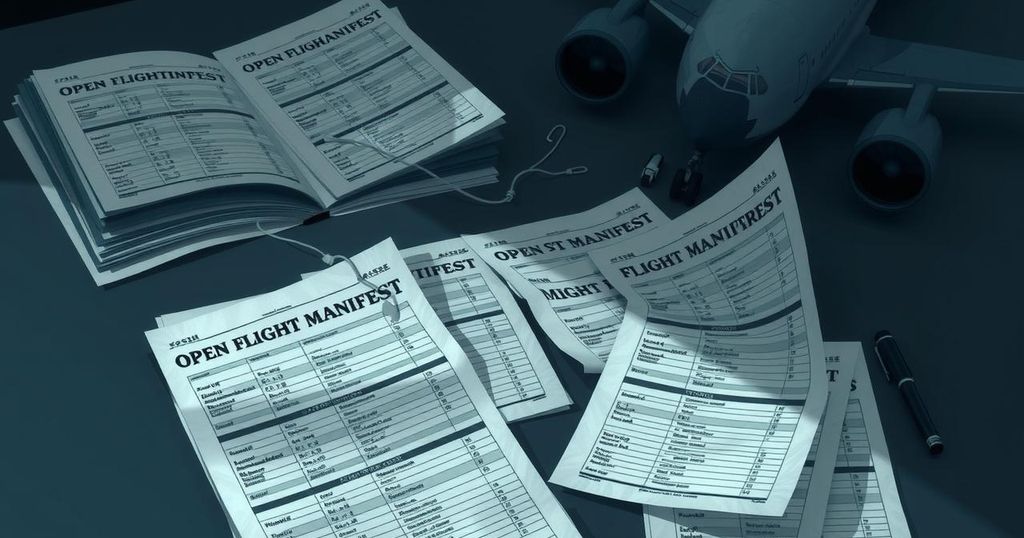11 Days in June: Trump’s Path to ‘Yes’ on Bombing Iran
Over 11 days in June, President Trump deliberated military action against Iran, ultimately authorizing significant airstrikes in response to Israeli attacks on Iranian nuclear sites. This decision raised concerns about potential renewed conflict in the Middle East and marked a shift in U.S. foreign policy amidst ongoing diplomatic tensions. Trump’s communications and actions throughout this period reflect a complex negotiation landscape in an increasingly volatile global environment.
In a dramatic turn of events, President Donald Trump authorized a military strike against Iran, marking one of the most perilous foreign policy actions of his presidency. Over the past 11 days, marked by social media exchanges and diplomatic tensions, the U.S. conducted aerial assaults in coordination with Israeli military actions, profoundly affecting the geopolitics of the region and igniting concerns about a new conflict in the Middle East.
The series of actions began on June 11 when families of U.S. troops were evacuated from the Middle East, signaling potential escalating hostilities. “They are being moved out because it could be a dangerous place, and we’ll see what happens,” Trump commented, hinting at the gravity of the situation amid tense negotiations with Iran.
On June 12, airstrikes carried out by Israel destroyed critical military sites in Tehran, catching Iranian officials off-guard. According to reports, the attacks killed prominent military figures connected to Iran’s disputed nuclear program. Israeli Prime Minister Netanyahu described the operation as vital to Israel’s security, emphasizing the perceived threat from Iran’s nuclear ambitions.
In the following days, the rhetoric between Trump and Iranian leaders intensified. Trump acknowledged advancements in Israeli military capabilities but maintained that diplomacy remained his preferred approach. “Now they have, perhaps, a second chance” to strike a deal, he reiterated on June 13, even as tensions between the two nations escalated.
As strikes continued, Trump’s public persona shifted from peacemaker to military advocate. At a military parade on June 14, he celebrated American military strength amid notes of concern over looming conflicts. That weekend, Trump emphasized his role in negotiating peace agreements but faced increasing pressures from both allies and adversaries.
By early June 16, reports indicated that Israel had achieved substantial control of Iranian airspace, targeting various sites crucial to Iran’s nuclear capabilities. Despite the visible military action, questions remained about the effectiveness of these strikes in significantly hindering Iran’s long-term nuclear ambitions.
Days progressed, and Trump demanded “UNCONDITIONAL SURRENDER” from Iran, stating frustrations about stalled negotiations. “They should have done the deal. I told them, ‘Do the deal,’” he expressed on June 17, dismissing intelligence assessments that contradicted his stance on Iran’s nuclear pursuits.
As June 18 unfolded, it became clear that Trump was open to further U.S. military involvement. He publicly oscillated on his decisions and emphasized a willingness to act against Iran. Defense Secretary Pete Hegseth later informed lawmakers of the Pentagon’s military response options.
On June 19, amidst the Independence Day holiday, Trump informed the press that he would take two weeks to decide on a potential military escalation, leaving observers in anticipation of his next steps.
In the following days, while attending a fundraiser in New Jersey, Trump continued to address the escalating situation in Iran, asserting incorrect conclusions about U.S. intelligence on Iranian nuclear capabilities.
In a covert operation that culminated late into June 21, Trump authorized the launch of B-2 bombers from Missouri and other military assets against Iran. The attack included multiple high-powered munitions and marked a shift in U.S. engagement with Iran, prompting fears of further retaliatory measures.
In an announcement following the strikes, Trump characterized the operation as a success, framing it within the broader narrative of seeking peace. “There will either be peace or there will be tragedy for Iran,” he stated, highlighting the precarious balance between military action and diplomatic solutions moving forward.
In conclusion, the unfolding events from June 11 to June 21 represent a pivotal period in U.S.-Iran relations, showcasing the volatile interplay of military engagement and diplomatic overtures. Trump’s approach, combining social media communication with military action, signifies a noteworthy shift in U.S. foreign policy strategy in the Middle East, evoking both concern and speculation about future relations in the region. The situation remains precarious as all eyes are now on what comes next in this high-stakes conflict.
Original Source: apnews.com




Post Comment